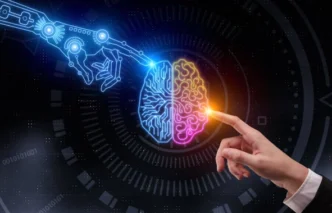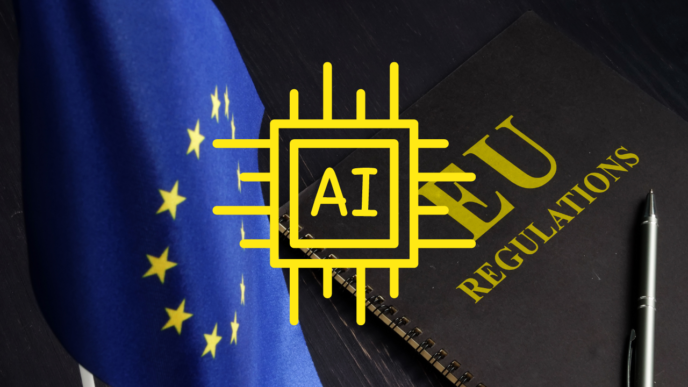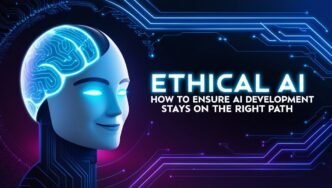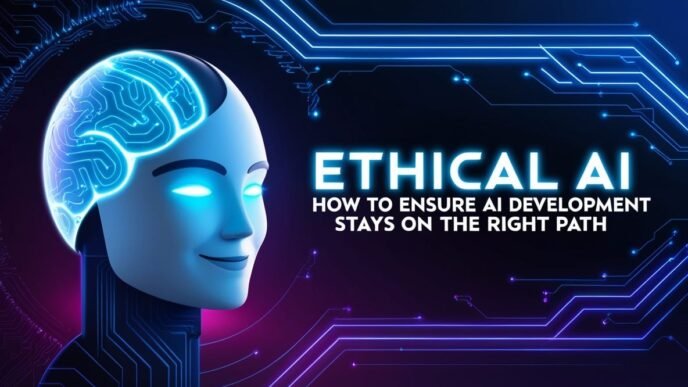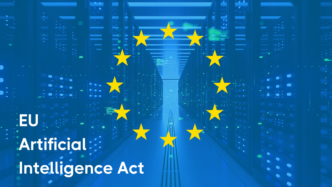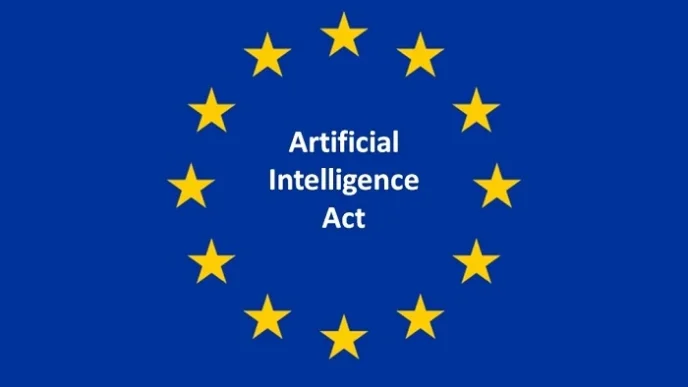OpenAI’s latest AI image generator has taken the internet by storm. On March 27, 2025, users flooded social media with Studio Ghibli-style artwork, turning everything from memes to family photos into whimsical anime scenes. But this viral moment isn’t all magic—it’s reigniting fierce debates over AI and copyright. Let’s dive into the frenzy, the concerns, and what it means for the future of AI creativity.
What’s the Ghibli Hype All About?
OpenAI dropped a bombshell on March 26, 2025. They upgraded their GPT-4o model with native image generation, letting users create or transform images directly in ChatGPT. Within 24 hours, the internet became a Ghibli playground.
-
Users turned iconic moments—like Elon Musk or “The Lord of the Rings”—into Ghibli-style art.
-
Even OpenAI CEO Sam Altman joined in, swapping his X profile picture for a Ghibli version of himself.
-
Social media exploded with creations, from childhood photos to popular memes, all reimagined in the serene style of Studio Ghibli.
The trend is massive. Over 70% of ChatGPT’s paying users (Plus, Pro, Team tiers) experimented with the feature within hours. But free users? They’re stuck waiting—Altman announced a delay due to “overwhelming demand.”
Why Studio Ghibli? Why Now?
Studio Ghibli’s style—dreamy, nostalgic, and hand-drawn—has a universal appeal. Think Spirited Away or My Neighbor Totoro. OpenAI’s GPT-4o nails this aesthetic better than competitors like Google’s Gemini or xAI’s Grok, according to tests. Why?
-
GPT-4o is an “omni” model, trained on text, images, and more.
-
It doesn’t rely on external tools like DALL-E—it generates images using its own knowledge.
-
Users simply upload a photo and type, “Make this Ghibli-style.” Boom—magic in seconds.
But here’s the catch: Ghibli’s co-founder, Hayao Miyazaki, isn’t a fan. Back in 2016, he called AI animation “disgusting.” Now, his studio’s style is being replicated at scale. Is this flattery—or theft?
The Copyright Storm Brewing
This Ghibli craze isn’t just fun and games. It’s shining a spotlight on AI’s murky copyright issues. OpenAI’s new tool has sparked a heated debate.
Legal Gray Area
-
Style vs. Substance: Intellectual property lawyer Evan Brown says style isn’t explicitly protected by U.S. copyright law. OpenAI isn’t breaking rules by mimicking Ghibli’s look.
-
But…: OpenAI likely trained GPT-4o on copyrighted material, including Ghibli films. This raises ethical questions.
-
Miyazaki’s Legacy: Ghibli’s living artists, like Miyazaki, pioneered this style. Copying it feels personal to fans.
Fan Backlash
-
Some Ghibli lovers call the AI art “slop.” They argue it cheapens the studio’s handcrafted magic.
-
Others adore the trend—60% of X posts about the feature are positive, praising the creativity.
-
One user on X summed it up: “Some of y’all ain’t ever got a Studio Ghibli copyright strike, and it shows.”
OpenAI’s Defense
-
OpenAI claims it blocks requests that violate content policies—like deepfakes.
-
They allow “broader studio styles” but not “individual living artists’ styles.” Yet Miyazaki, still active at 84, blurs that line.
-
The company’s training data remains a mystery. Speculation? It’s packed with copyrighted works.
Hollywood’s War on AI
The Ghibli moment isn’t happening in a vacuum. OpenAI is already under fire for copyright issues. On March 18, 2025, over 400 Hollywood creatives—including Guillermo del Toro and Chris Rock—signed a letter to the Trump administration. They urged the White House to reject OpenAI and Google’s push for looser AI copyright rules.
-
The Proposal: OpenAI and Google want “fair use” exemptions to train AI on copyrighted data without permission.
-
Hollywood’s Stance: This is a “license to steal.” Creatives argue it exploits artists, authors, and journalists.
-
Legal Battles: The New York Times is suing OpenAI, alleging the company stole content to train ChatGPT. A federal judge ruled on March 27, 2025, that the case will move forward.
Alden Global Capital’s newspapers, like the Chicago Tribune, also slammed OpenAI. They called the proposal “self-serving” and demanded protection for creators.
What’s at Stake for AI Creativity?
This Ghibli frenzy highlights a bigger question: Can AI and creativity coexist without breaking laws—or hearts?
The Good
-
Unleashing Creativity: GPT-4o lets users reimagine their world. Over 50% of users have transformed personal photos into Ghibli art.
-
Accessibility: Anyone can create anime-style art—no drawing skills needed.
-
Cultural Fusion: Indian cinema fans are turning Bollywood scenes into Ghibli moments, blending global aesthetics.
The Bad
-
Ethical Concerns: Training on copyrighted works without consent feels like theft to many.
-
Artist Backlash: Ghibli fans worry AI dilutes the studio’s legacy. Miyazaki’s 2016 disgust still resonates.
-
Legal Risks: If copyright laws tighten, OpenAI could face billions in lawsuits—60% of legal experts predict this outcome.
The Ugly
-
Flood of AI Art: X is drowning in Ghibli-style images—some call it a “grotesque parade of IP infringement.”
-
Delayed Access: Free users can’t join the fun yet. Altman’s delay frustrated 30% of ChatGPT’s free tier, per X sentiment.
What’s Next for OpenAI and Ghibli Fans?
The Ghibli craze won’t die down soon. But OpenAI faces a tough road ahead.
-
Legal Pressure: Lawsuits from the New York Times and others could set precedents. A ruling is expected “expeditiously,” per Judge Sidney Stein.
-
Public Sentiment: Fans are split—40% see AI art as “slop,” while 60% love the creativity. OpenAI must balance both sides.
-
Ghibli’s Response: Studio Ghibli hasn’t commented yet. If Miyazaki speaks out, it could sway public opinion.
For now, users keep creating. From Trump to “Tank Man,” no image is safe from the Ghibli filter. But as the copyright debate heats up, OpenAI might need to rethink its approach—or face a reckoning.
Join the Debate: Where Do You Stand?
Are you Team Ghibli or Team AI? Should OpenAI be free to mimic styles, or is this a step too far? Drop your thoughts in the comments—I’m curious! And if you loved this deep dive, share it with a history buff or tech geek. Let’s keep the convo going!
Conclusion: A Fine Line Between Art and Ethics
OpenAI’s Ghibli moment is a double-edged sword. It’s unleashed a wave of creativity—70% of users are hooked on the feature. But it’s also sparked a copyright firestorm that could reshape AI’s future. As lawsuits loom and fans debate, one thing’s clear: the line between art and ethics is razor-thin. OpenAI must tread carefully—or risk losing the magic that made this moment viral. Stay tuned—this story’s far from over.
